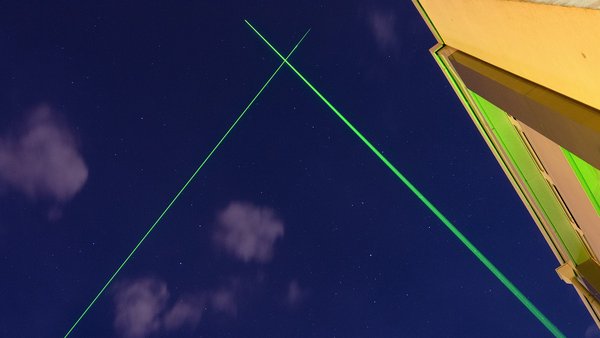Pollen characterization is possible using automatically retrieved lidar data in lidar networks
A novel method was developed for the characterization of the shape and size information of pure pollen in the air based on lidar measurements at four European stations.
The ACTRIS (Aerosol, Clouds and Trace Gases Research Infrastructure) COVID-19 near-real-time lidar measurement campaign was performed in May 2020, initiative for studying the changes of aerosols in the atmosphere during the COVID-19 lockdown and early relaxation period in Europe. Pollen was also detected by the continuous lidar measurements at several stations, as spring is the typical pollen season.
Lidar observations of pollen were reported at four EARLINET (European Aerosol Research Lidar Network) stations. The stations are located in Hohenpeißenberg, Germany; Kuopio, Finland; Leipzig, Germany; and Warsaw, Poland. The retrieved pollen shape information showed that birch pollen was dominant in Kuopio and Warsaw stations, while a mixture of birch and grass pollen was found in Hohenpeißenberg and Leipzig stations. The method was also applied to identify dust and birch pollen.
The proposed methodology demonstrated a first step towards automated pollen detection in lidar networks.
Source:
Science News by FMI: https://en.ilmatieteenlaitos.fi/news/5Bi6sQ4Syczq5K7mKih20i
Publication:
Shang, X., Baars, H., Stachlewska, I. S., Mattis, I., and Komppula, M.: Pollen observations at four EARLINET stations during the ACTRIS-COVID-19 campaign, Atmos. Chem. Phys., 22, 3931–3944, https://doi.org/10.5194/acp-22-3931-2022, 2022.

